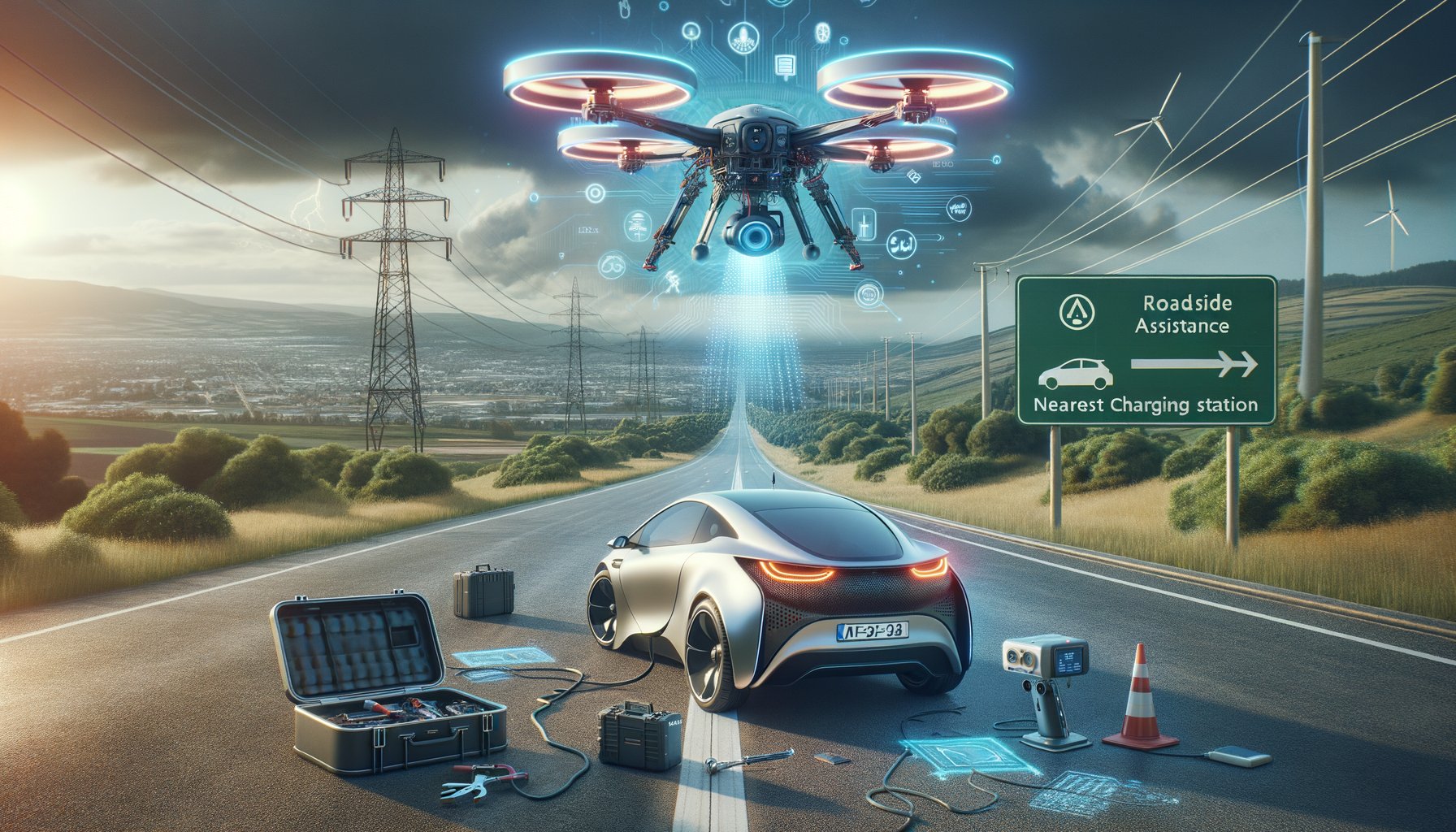Physical Address
304 North Cardinal St.
Dorchester Center, MA 02124
Physical Address
304 North Cardinal St.
Dorchester Center, MA 02124

As we shift gears into a new era of automotive technology, it’s not just the cars themselves that are getting an upgrade. The future of roadside assistance is also evolving, driven by advancements in tech that promise to make breakdowns less stressful and more efficient to resolve. From smart diagnostics to autonomous tow trucks, let’s take a closer look at how technology is reshaping the landscape of roadside assistance.
One of the key technologies driving this change is telematics. Telematics systems use GPS and onboard diagnostics to monitor a vehicle’s condition and location in real-time. This allows for preventative maintenance notifications, real-time tracking for fleet management, and crucially for our topic – immediate alerts when something goes wrong.
In the context of roadside assistance, telematics can potentially automate the entire process. If your car breaks down, the telematics system can automatically notify your roadside assistance provider with not only your exact location but also diagnostic information about what might be wrong with your vehicle. This means that help can be dispatched immediately without you needing to make a call or even knowing exactly where you are.
While telematics systems offer impressive capabilities, they’re not yet standard in all vehicles. However, most drivers these days do have something else that’s equally powerful – a smartphone. Many roadside assistance providers are now offering smartphone apps that provide similar functionality to telematics systems.
These apps can connect with your car via Bluetooth or Wi-Fi to access diagnostic information and send it directly to your service provider if you encounter trouble on the road. Some apps can even track your location using GPS, so if you break down in an unfamiliar area, help will know exactly where to find you.
Another exciting development on the horizon is autonomous roadside assistance. While still in the experimental stage, several companies are exploring the use of drones and self-driving vehicles to provide roadside assistance.
Drones could potentially deliver emergency supplies like fuel or even a spare tyre, while autonomous tow trucks could remove broken-down vehicles from the road without needing a human driver. This approach could significantly speed up response times and reduce costs for service providers, which would hopefully translate into lower prices for consumers.
Data is another crucial element in the future of roadside assistance. By analysing data from telematics systems and smartphone apps, service providers can gain valuable insights into common breakdown causes, peak breakdown times and locations, and more.
This information can then be used to improve service delivery. For example, by identifying high-risk areas for breakdowns, providers can station resources nearby to ensure rapid response times. Similarly, understanding the most common causes of breakdowns can inform preventative maintenance advice given to customers – helping them avoid a breakdown in the first place.
The future of roadside assistance is undoubtedly exciting as we see technology playing an increasingly vital role. With advancements such as telematics systems, smartphone integration, autonomous support vehicles and data analytics at our disposal, we’re moving towards a future where roadside assistance becomes faster, more efficient and ultimately more reliable. As with any technological progression though, these developments will need careful implementation and regulation to ensure they’re utilised in ways that genuinely benefit drivers on our roads.